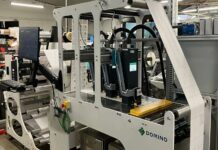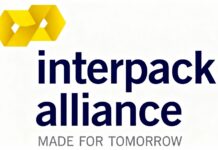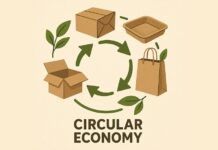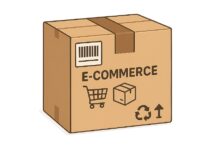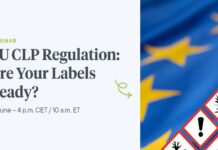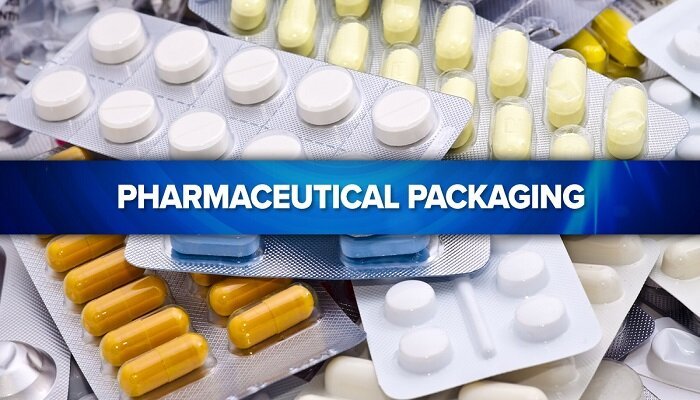In the very rapidly evolving spectrum of the pharma industry, staying ahead of the curve is critical for businesses in order to thrive.
With the beginning of 2024 and in times marked by techno advancements, regulatory change, along with shifting consumer demand, many trends are all set to shape the trajectory of the pharma market.
Let us have a comprehensive look into what stakeholders can anticipate in 2024.
- The rising trend of pharmacogenomics- PGx
Deaths because of adverse drug reactions- ADRs have given surge to increasing research when it comes to personalized medicine. Called pharmacogenomics- PGx, this innovative form of healthcare looks to customize treatments at a singular level by offering genetically customized medicines as well as dosages. Not only does this elevate treatment efficacy, but at the same time, it also minimizes ADRs.
A present instance of genome-tracing projects includes genetic tests right before the administration of HIV medication. But PGx use is indeed broadening in the healthcare system of the US, including within community pharmacies, thereby signifying an increasing trend in the industry itself.
As customized medicine becomes more prominent, so will the requirement for packaging solutions that are unique. There will be a heightened requirement when it comes to contract packaging firms so as to meet the growing specific requirements of customized pharma packaging.
One will also witness a rising demand for customized parenteral products as well as packaging, such as personalized patient information leaflets- PILs. More flexibility and efficiency when it comes to supply chain processes will be required so as to respond to the increasing low-volume manufacturing needs of tailored medicine packaging.
But the integration of personal along with sensitive medical data into personalized packaging needs to have robust security measures. With the intelligent pharmaceutical packaging industry rapidly growing, thereby promising a forecasted CAGR of 9% between 2020 and 2025, innovation along with technological advancements within packaging can very well be the answer in order to safeguard personal data.
Such examples include scannable QR codes as well as Near Field Communication-NFC technology, both that go on to enable smartphone users to scan the product packaging and thereby get served with relevant information pertaining to the medicine to which it has been attached.
- The growing usage of sustainable packaging materials
It is well to note that sustainability will continue to take the pole position in pharma packaging, thereby syncing with the worldwide shift towards practices that are eco-conscious. There happens to be a crucial requirement for the sector so as to embrace this trend in 2024 since more people are in sync with lifestyle options with sustainability metrics.
One of the recent surveys went on to reveal that more than half of American respondents would rather choose sustainable packaging as compared to plastic, with some even willing to shell out 5% extra.
And the fact is that the pharma industry is rising to the challenge, with the market for sustainable pharma packaging anticipated to witness a CAGR of 15.4% by 2027.
With customers all set to vote with their dollars, they will be able to see more brands experiment with environmentally friendly packaging components in the coming year. Compostable packaging, for instance, has been gaining a lot of traction. It is worth noting that Bayer recently recently went on to announce that it had joined the Blister Pack Collective by way of making use of dry-molded fiber technology so as to help slash 100,000 tonnes of plastic medicine packaging that gets used by the sector every year in collaboration with PulPac.
In spite of all such advancements, the evaluation of true sustainability needs a holistic approach. Manufacturers must also take into account all stages of manufacturing, such as decomposition, as well as waste management, to claim a greater amount of sustainability.
This begins with materials being selected on the basis of how seamlessly they can be reused or even recycled into new products, thereby having as little waste as possible, and also how resource-intensive or even carbon-heavy production is. It should be noted that paper-based packaging ranks favorably in consumers’ minds for sustainable promises; for instance, it has been accused of pushing water loss as well as climate change.
Hence, packaging manufacturers will require to question if sustainable packaging choices can go ahead and satisfy all these criteria.
Post-consumer regrind- PCR happens to be increasingly being used in terms of packaging as a sustainable choice around the world. But there are still major challenges that need to be faced, as in the US, recycling plastic happens to be prohibitively expensive.
Advantages of PCR include decreasing waste, lessening of carbon footprints, and, at the same time, promoting a circular economy within the industry. With the proven track record of plastics for safeguarding the integrity of medicines by way of their inert qualities as well as their ability to keep medicine away from bacteria, moisture, as well as UV ray damage, they happen to be a favorite in pharma.
When it comes to 2024, one can indeed expect to witness continued growth in this area, with the PCR market forecast to have a CAGR of 8.3% by 2028. The Biden administration went on to propose a sustainable procurement policy recently that will go on to favor recycled-content products across all purchases that are made by the government.
Hence, there is no doubt that sustainability within packaging will happen to be a continued focus for the sector in 2024 as well as beyond.
- Consistent funding when it comes to blockchain technology
The pharma industry is being throttled by complex advancements within blockchain technology, elevating supply chain management as well as enhancing patient health outcomes. Blockchain’s contribution when it comes to the fight against the counterfeit pharma industry happens to be vital, and 2024 will witness continued funding in this field.
Blockchain goes on to offer a tamper-proof as well as a distributable database that scrupulously goes on to denote all transactions as well as movements of pharma products across the global supply chain, thereby giving visibility to every stage as well as offering unparalleled transparency.
Elevated rack-and-trace abilities go on to monitor each step, right from drug development to the end user. The prominent advantages include eradicating the inefficiencies, preempting as well as rectifying any drug shortages, making sure of product quality, and at the same time defending against the counterfeit pharma market.
With the increasing prevalence along with the enhanced abilities of AI technology, its usage in accordance with blockchain technology will go on to further help with real-time monitoring as well as securing supply chains by way of spotting irregularities and potential risks as and when they take place.
The fact is that today’s advanced technology goes on to provide power to those wishing to use it for better, but also to those who happen to have bad motives. Unfortunately, counterfeit pharma happens to be on the rise across the world.
Blockchain is indeed a part of the solution to this problem with its capacity to serialize every drug with an unchangeable as well as unique identifier tag. This helps the stakeholders verify the authenticity of the drug and also track its origin, thereby preventing the distribution of counterfeit drugs within the market.
- Drug delivery systems that are revolutionary
Antimicrobial resistance- AMR goes on to pose a pervasive danger for worldwide public health, having directly caused almost 1.27 million deaths and approximately 5 million indirectly. This crucial issue is the basic driving force when it comes to ongoing research and developments, thereby affecting all stakeholders throughout.
One of the major drivers of AMR is the often-unintended drug misuse by patients, called patient non-adherence, which includes forgetfulness, not going through the unpleasant side effects, costing, education dearth, and a false sense of security in case the symptoms ease.
Packaging design happens to be evolving so as to address these issues with discoveries like pre-filled syringes, auto-injectors, as well as inhalers, making it very seamless for patients to take prescribed drugs.
Other inventions when it comes to smart packaging solutions are that they deliver patients with trackers as well as reminders so as to consume medications on time and to their full effect.
Smart blister packs are one instance of this, having a built-in ability so as to capture use-related data as well as send reminders of when the subsequent dosages are due.
The required commitment when it comes to child-resistant packaging- CRP goes on to create another barrier when it comes to patient adherence for those with disabilities like blindness or even reduced dexterity.
However, innovations when it comes to CRP are attempting to take care of this, with bottle lids that require moistening to be opened, laser perforation within packaging requiring two-way tearing motions, zip-lock as well as flap designs, as well as technology designed to distort depth perception, which goes on to confuse children.
It is worth noting that 2024 will also witness the rise of biologics, diverse medical products or medicines that happen to be derived from living organisms and may be used to treat a range of medical conditions for which there happen to be no other treatment choices that are available.
The market is predicted to make a minimum of $120 billion in sales by 2027, and ongoing development in new drug delivery systems as well as their packaging is going to be necessary in order to accommodate its growth, requiring especially flexible filling and packaging equipment, whereas safety concerns are going to demand innovation in containment solutions as well as barrier technologies.
Manufacturers hoping to thrive in this fast-evolving field have to offer smart value-added traits so as to strike exclusive deals in response to the demand which is rising.
Because of the high worth of biotech products, the counterfeit market looks to claim a share of the earnings. Making sure of security and transparency within the supply chain remains important for packaging manufacturers along with the pharmaceutical industry at large, thereby prompting a sweeping blend of defensive measures in smart packaging designs.













